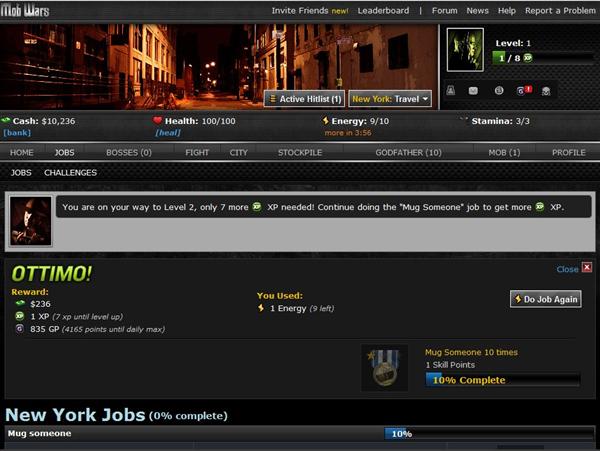
So what if Mario Puzo later contended that the meeting hadn’t taken place as Evans describes it, or if Variety editor Peter Bart, who was then Evans’s vice president in charge of creative affairs, says today that Puzo’s pages first came to him, not Evans? This was a project born in violent arguments among its creators and forged by the gun as much as the camera. “When the legend becomes fact, print the legend,” a reporter says in John Ford’s towering 1962 Western, The Man Who Shot Liberty Valance. Mario Puzo’s book became one of the best-selling novels of all time and later a classic movie that revolutionized filmmaking, saved Paramount Pictures, minted a new generation of movie stars, made the writer rich and famous, and sparked a war between two of the mightiest powers in America: the sharks of Hollywood and the highest echelons of the Mob. Sitting in his Beverly Hills home, Evans clearly relishes describing the modest birth of a modern epic. “I had forgotten he was even writing one.” Puzo said, “I want to call it The Godfather.” A few months later, when Puzo called and asked, “Would I be in breach of contract if I change the name of the book?,” Evans almost laughed out loud.


Without even glancing at the pages, Evans sent them to Paramount’s business department, along with a pay order, and never expected to see Puzo, much less his cockamamy novel, again.


 0 kommentar(er)
0 kommentar(er)
